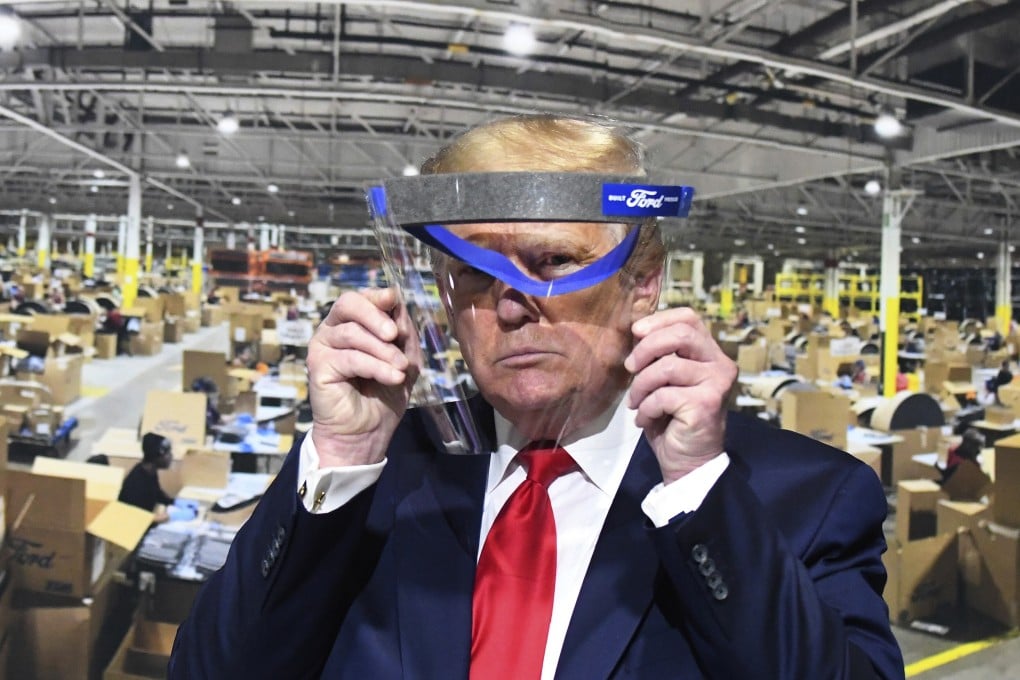Reshoring and decoupling: how far can it go for the US and China given the global interconnections of tech supply chains?
- From January to April, total foreign investment into China fell 6.1 per cent but the amount of overseas money pouring into the hi-tech sector rose by 2.7 per cent
- If an American factory deploys robots, it takes less than two years to reach break-even point compared with traditional labour costs on average, one study found

Amid worsening US-China relations and the added pressures wrought by Covid-19, more international companies are looking to reshore manufacturing out of China, redefining global supply chains – especially in the tech sector.
The trend began several years ago as China began to climb the economic value chain, lifting its cost of labour in the process, and has been accelerated amid US President Donald Trump’s war on globalism and vow to bring more manufacturing jobs back to America.
But is it a viable option amid today’s globally interconnected supply chains, with China a key consumer and the US as a key supplier in many hi-tech industries?
“I think reshoring will last for a long time. For the US, it is strategic, due to various reasons including job losses [at home], national security reasons and as corporates look to diversify risks,” said Dong Jielin, a research fellow at Tsinghua University's China Institute for Science and Technology Policy.
“It won't be just the US though, other developed economies are suffering similar problems and may take similar action,” he said.